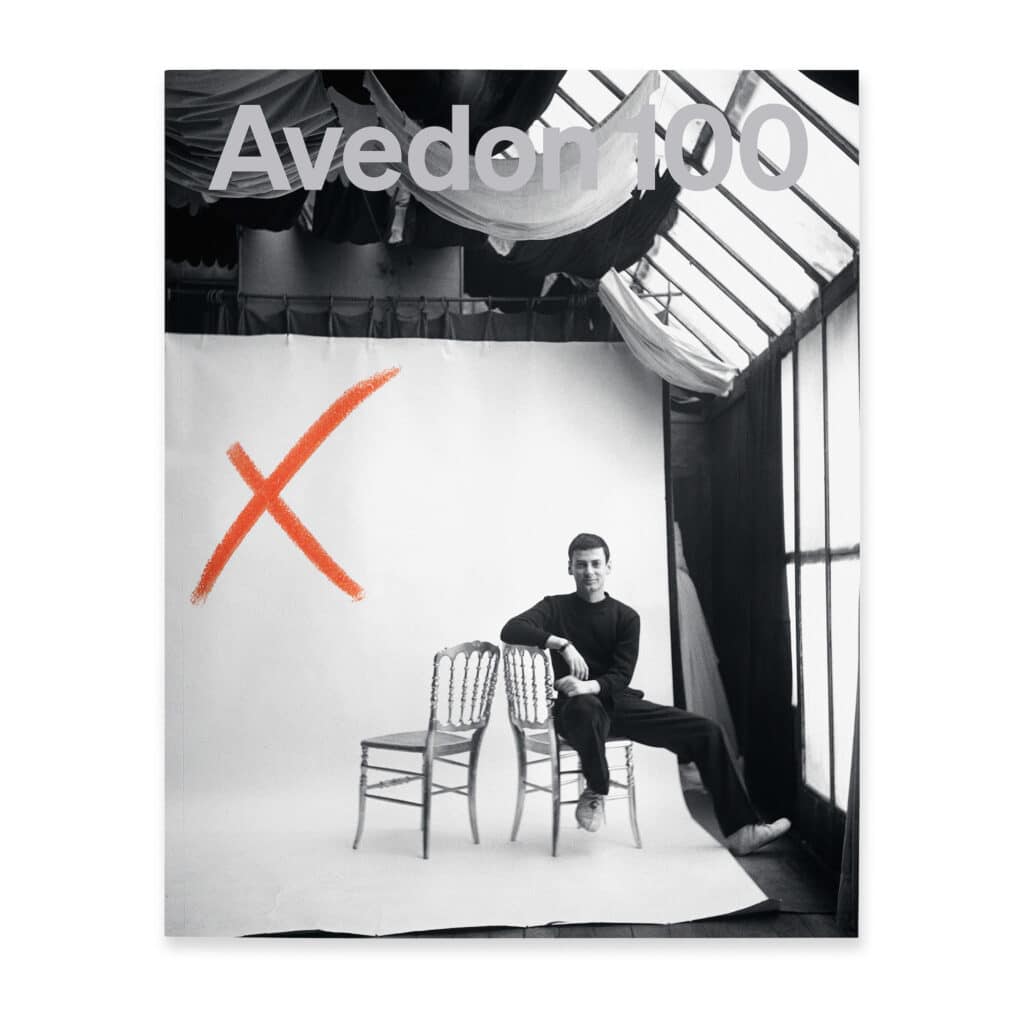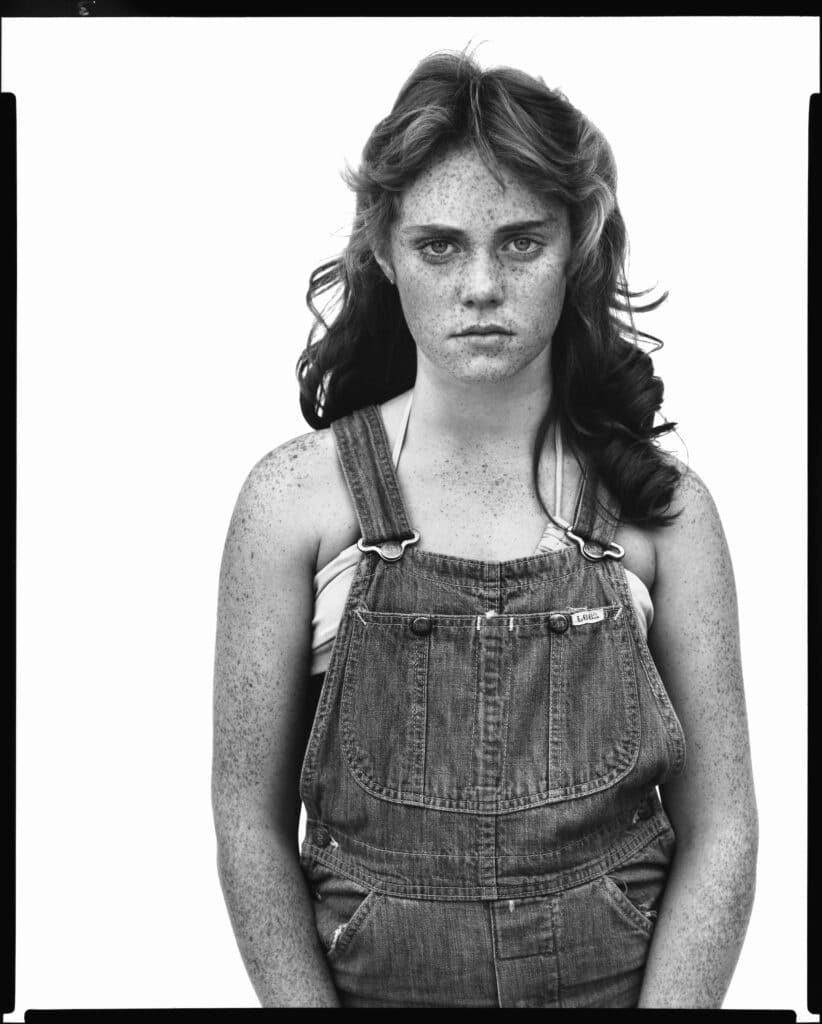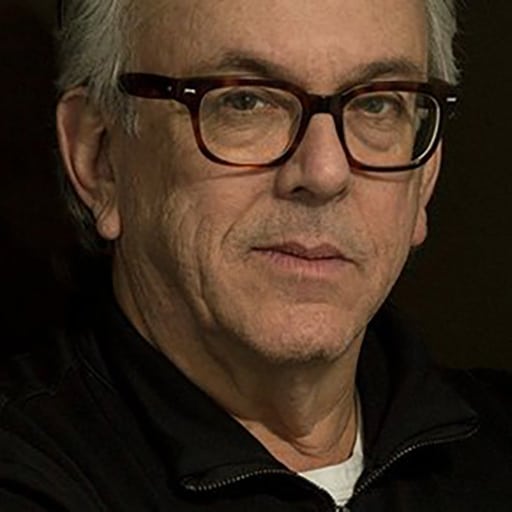“Please, call me Dick”
Was there ever a moment when Richard Avedon wasn’t THE name in photography, the ultimate reference for those who came of age in the 60’s and 70’s aware of the magic of image-making? I don’t remember a time when I didn’t name check him; it was Avedon, always just Avedon.
So, when he walked into my studio in 1995 and said, “Please, call me Dick” I was sure I had crossed a rare threshold. By that point — as the first staff photographer for The New Yorker — Avedon’s career allowed him to call the shots at this home of great writing and world-class photography. He was in DC to create a series of portraits of JFK’s inner circle photographed in his signature style: the subject framed tightly between the top and bottom edges of the ground glass of his 8×10” Deardorff, a hard light via one umbrella, and a clean white background.
Three assistants had driven a van full of gear from New York the day before and set up the shooting space to be ready to go when Dick would arrive the next morning. As the crew was finalizing the last details, Avedon’s first assistant asked me to stand in for the final Polaroid test, a photograph that later made me realize this was as close as I would get to being photographed by the master.
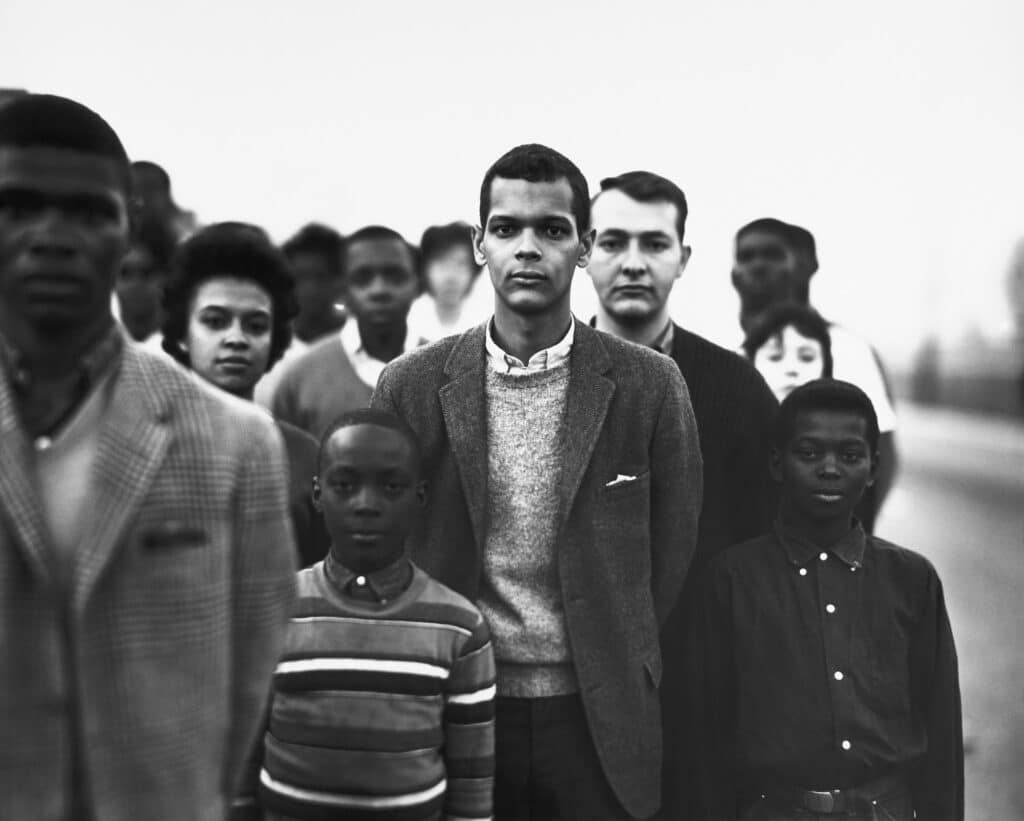
Confidently bringing with him the aura of legend, Avedon walked into my studio in Georgetown. I was aware that his own studio on Manhattan’s Upper East side had once been occupied by Reid Miles, a seminal figure in graphic design as well as a gifted photographer. This seemed to impress my new friend, a walking Rolodex if ever there was one, a man who knew everyone and whom everyone knew.
As the subjects began to arrive for their sitting, the crew hung a curtain between the shooting space and the rest of the studio. This would ensure privacy, but due to the design of the entryway one could listen to every conversation and subsequently every shoot. I was able to hear an Avedon performance, a witness to his charming banter.
Listening to Avedon gave me the sense that one could interpret his verbal technique as if the words were notes in a score
When describing Lee Friedlander’s photographs, filmmaker Joel Coen recently stated that “If all art aspires to the condition of music, then Lee is a jazzman with a camera, and the sound he gets out of his instrument is unlike anything ever played before.” Listening to Avedon gave me the sense that one could interpret his verbal technique as if the words were notes in a score. The chatter had ups and downs, and wound through a conversation as the strobe fired with a familiar burst of light coupled with a momentary popping sound during the upbeat of a laugh or the downbeat of a pause.
During the set-up I had watched two of his assistants wield the handoff of the 8×10 film holders in a fluid motion —like the rhythm section of a jazz combo — while the third held a small mirror to reflect light back onto the subject’s face. Everyone knew their role and how much room to give the maestro. Avedon would coax and cajole his subjects with love and respect while he stood beside the tripod-mounted camera, one foot ready to press the custom shutter release while he determined the next note.
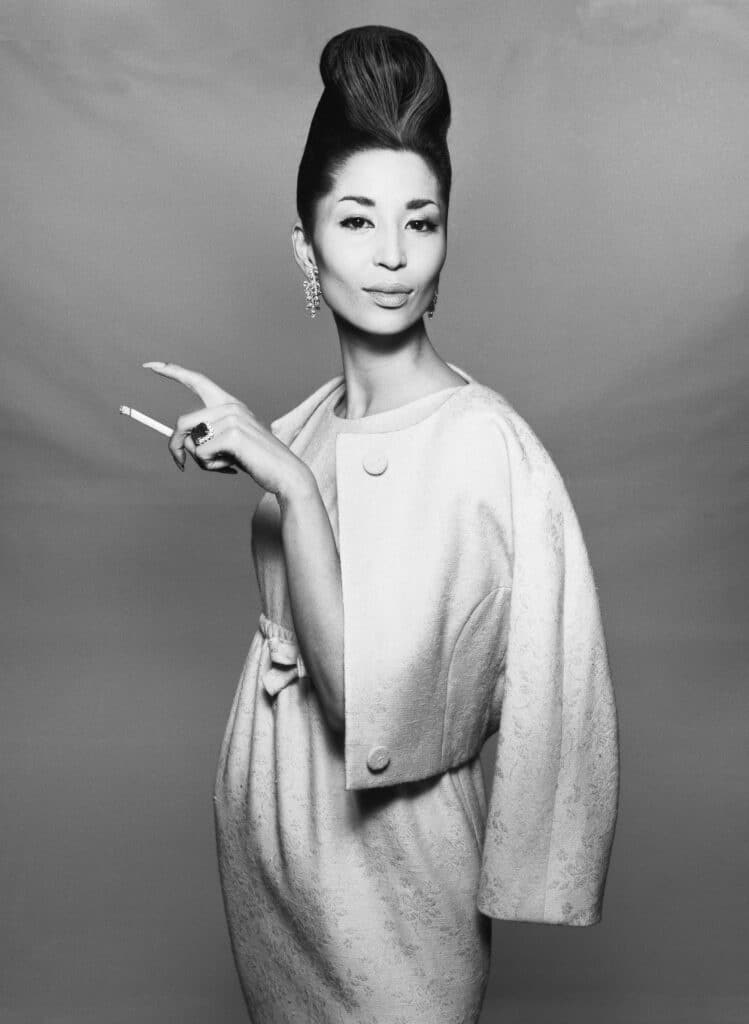
Avedon 100
I recently thought about that experience in my studio while viewing the powerful survey of his work at Gagosian Gallery in New York titled Avedon 100, a fascinating overview of the artist’s output on the 100th anniversary occasion of his birth. From the opening showstopper — a multiple-image, panoramic, tour-de-force portrait of Marilyn Monroe — Avedon’s prowess and world-class talent were on center-stage. The flow of the gallery show worked like a diminishing spiral, leading the viewer through well-known and rare examples of the central themes in Avedon’s output before entrée into the darkened core of the exhibit where the visceral, career-defining photographs from In the American West were on glorious display.
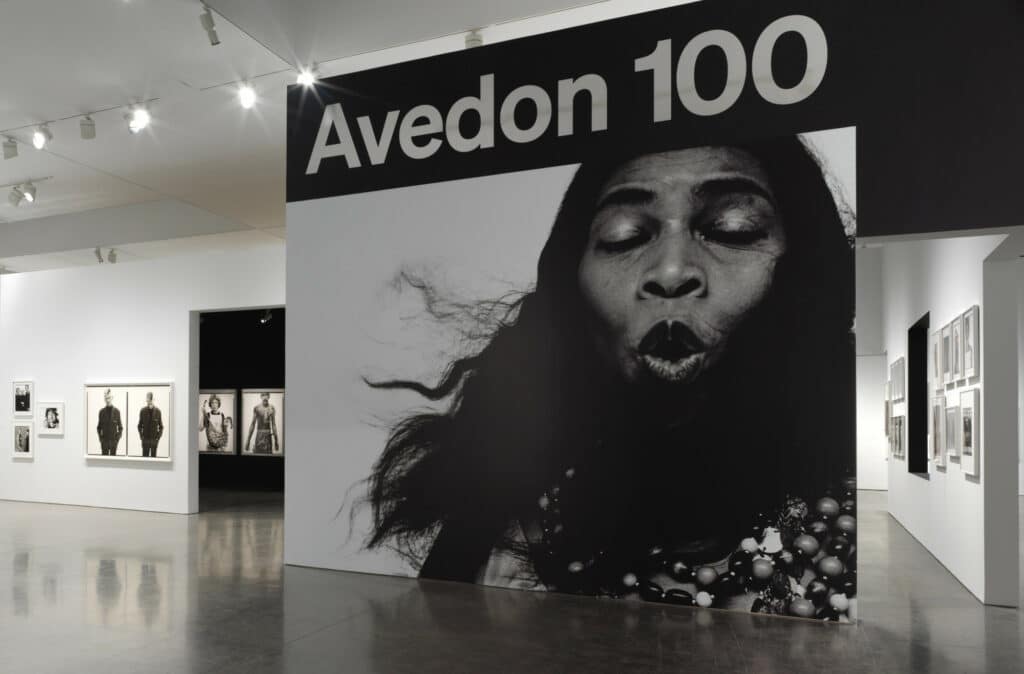
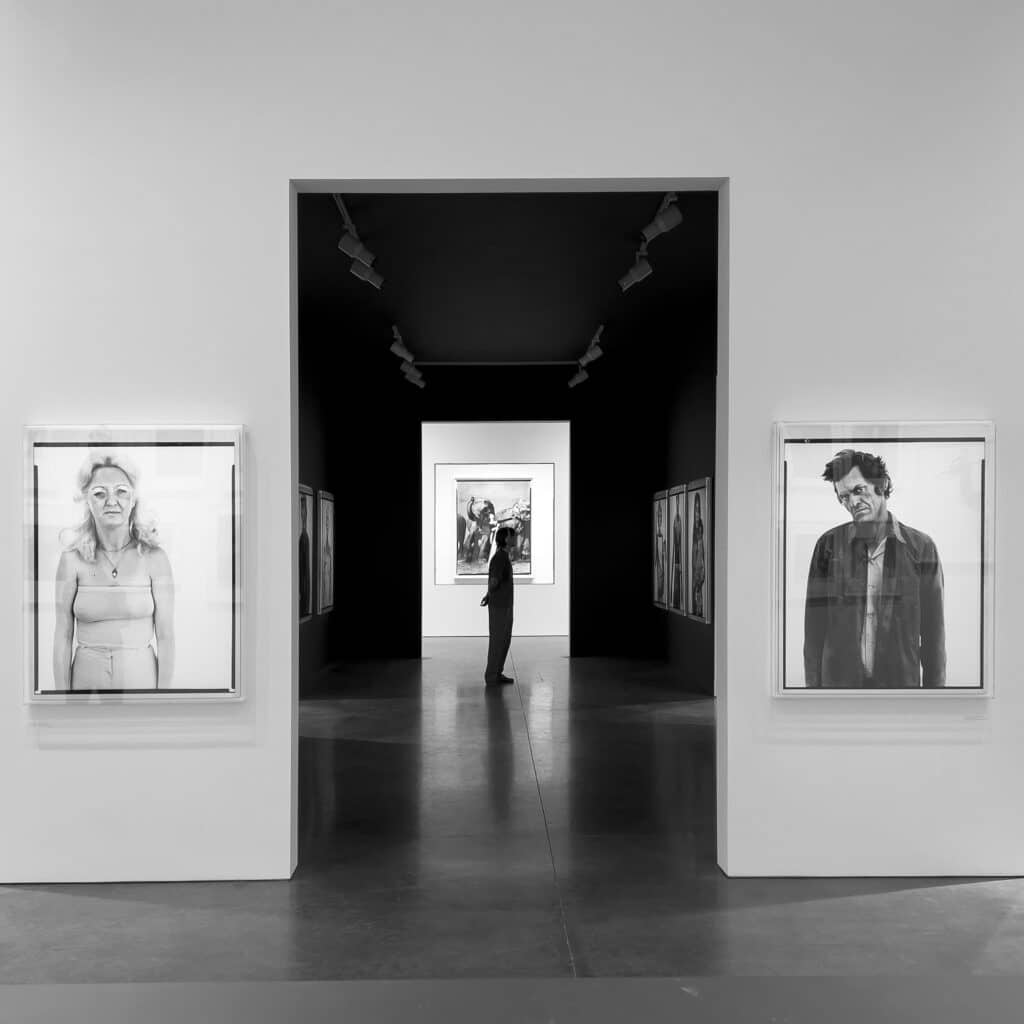
Though both photography and music are common pursuits of pleasure, the visual one and the aural one effect our emotions in different ways. We can stare endlessly at a photograph as the links to personal references flood in, whereas a song or a passage in a concerto more resembles a steady stream to our subconscious. Arthur Lubow, in writing about the International Center of Photography exhibit Love Songs: Photography and Intimacy in the New York Times, feels that “what can be readily conveyed in music is elusive in photography, where the subjects too easily become performers, and the intimacy turns theatrical.” Simply put, as photographer and bass player David Wignall says “We’re expressing the human condition in different mediums.”
The real star of the moment was a vibrant, charismatic magician who lived and loved photography like no one I had ever met
Hearing Avedon work allowed me to witness art being made solely through the spoken word, a sensory disconnect that let my imagination soar. And though I was a star-struck admirer, I had to wear a different hat when crossing paths with Dick during his days at my studio and maintain a respectful remove from my access to the flow of art as it was created. I was familiar with most of the subjects who came and went for their sessions, boldface names from the world of politics, government, and journalism that forms the fabric of official Washington; but the real star of the moment was a vibrant, charismatic magician who lived and loved photography like no one I had ever met.
Book : Avedon 100, by Gagosian, 318 pages, $100
